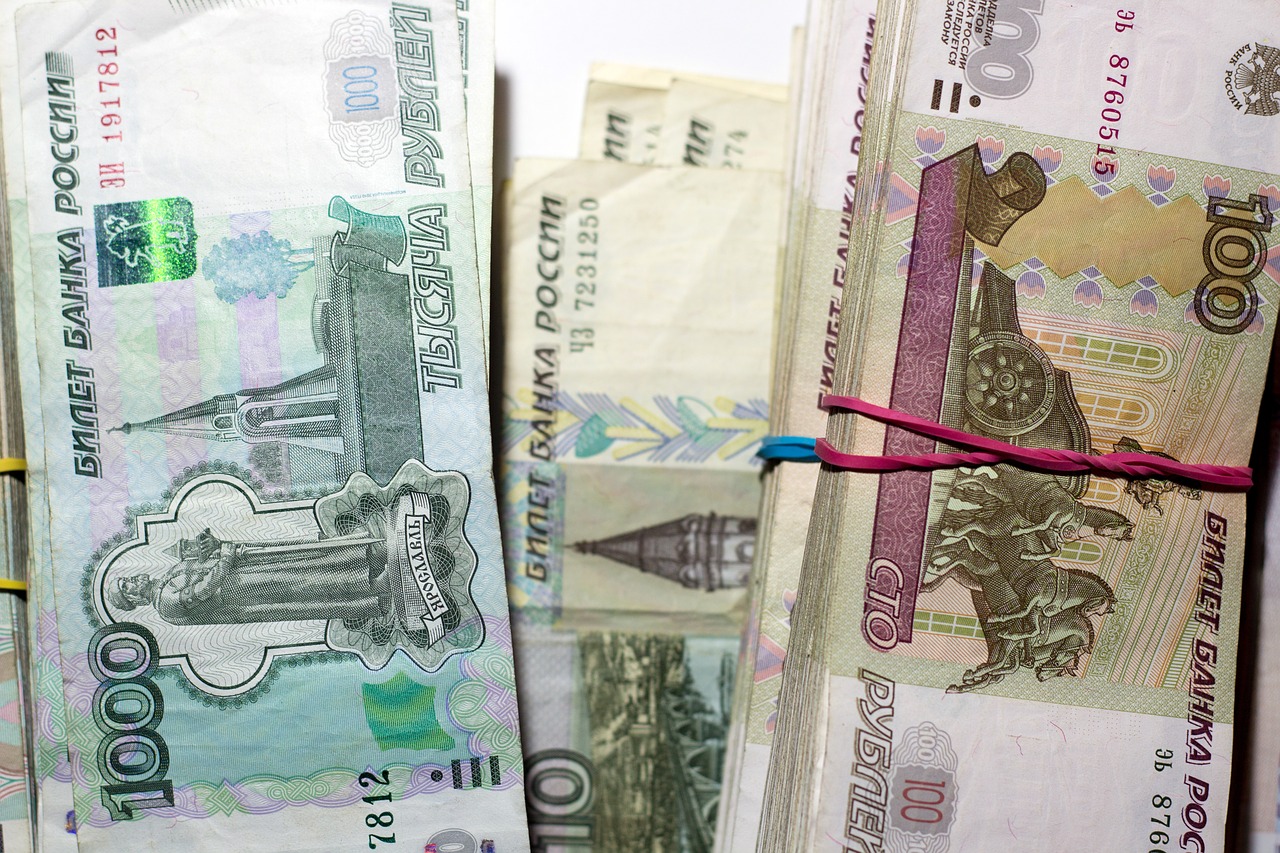
- More Wall Street banks are willing to trade Russian bonds that were once viewed as untouchable, including JPMorgan Chase and Bank of America.
- Energy sales have fueled fresh funds that have bid up the benchmark 10-year Russian government bond to 39 cents on the euro, up from a low of 16 cents at the end of June.
Not letting politics stand in the way of profits, some of Wall Street’s biggest and most storied names are throwing their hat into the Russian bond ring again.
With the Russian invasion of Ukraine and stiff western sanctions forcing many banks to withdraw from Russia and dealings in the nation’s assets taboo, many investors were stuck with deeply distressed Russian positions and unable to find a broker.
However, with the recent guidance from the U.S. Office for Foreign Assets Controls, there’s now more confidence in the market about the ways that banks can deal in Russian assets, without raising the ire of regulators.
More Wall Street banks are willing to trade Russian bonds that were once viewed as untouchable, including JPMorgan Chase (+0.27%) and Bank of America (-0.14%) with the duo offering to facilitate transactions in Russian corporate and sovereign debt on behalf of clients.
After the U.S. Treasury Department said it’s not a violation of U.S. sanctions for individuals to wind down their existing Russian positions, banks are now willing to broker transactions, which will bring relief to investors holding these assets and left unsure of how to value them.
Bank of America sent a note to investors last week saying the trades are for those seeking to exit Russian debt holdings, as opposed to those looking to add fresh positions.
With the war in Ukraine dragging on, pragmatism has prevailed, with the Russian ruble rebounding sharply from immediately after sanctions were lowered on Russia and trading increases from Russians looking for assets to buy, Russian debt has bounced back.
Energy sales have fueled fresh funds that have bid up the benchmark 10-year Russian government bond to 39 cents on the euro, up from a low of 16 cents at the end of June.
And the ruble has continued to defy expectations by maintaining its strength, which should be music to the ears of investors looking to exit from their embattled Russian positions.



